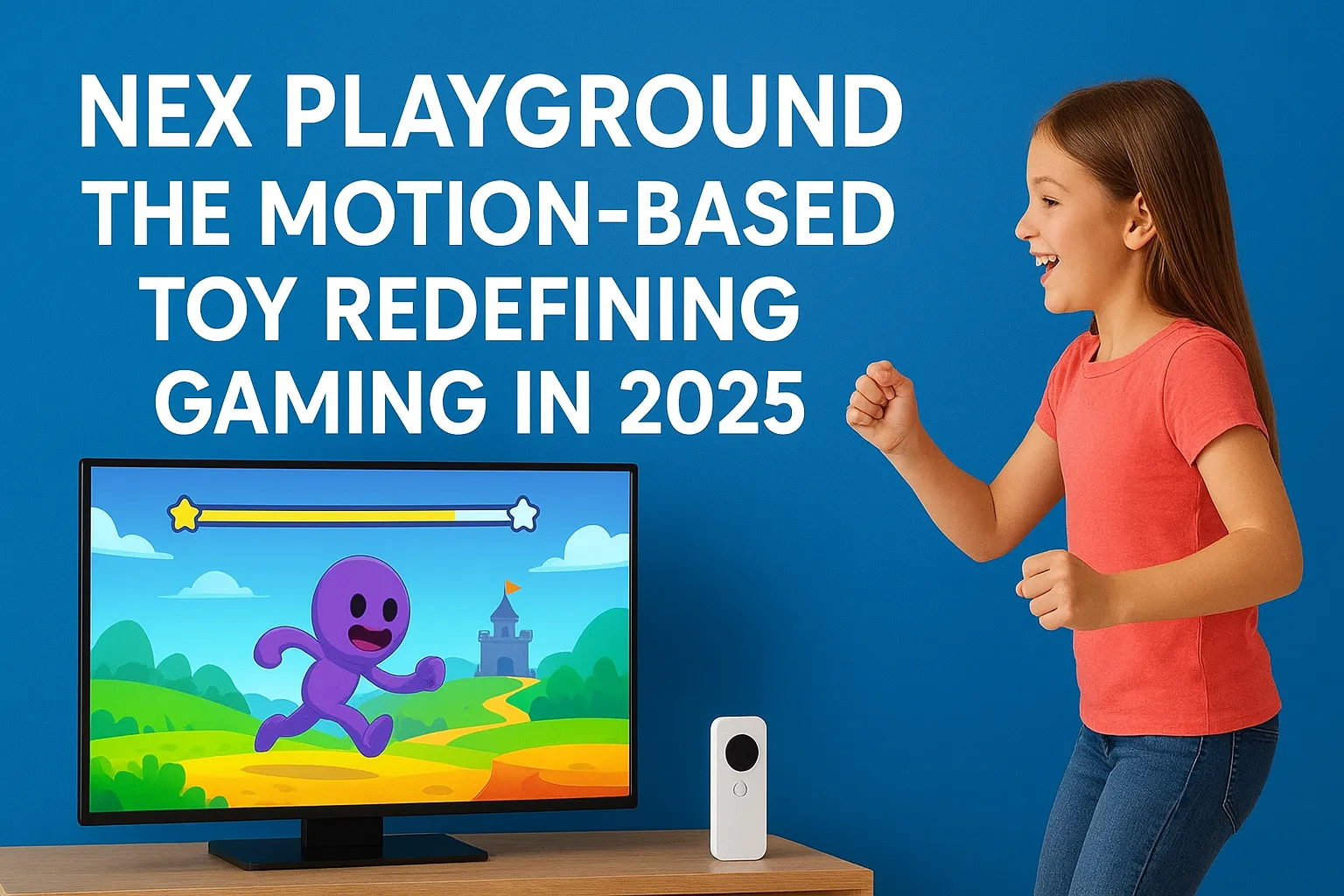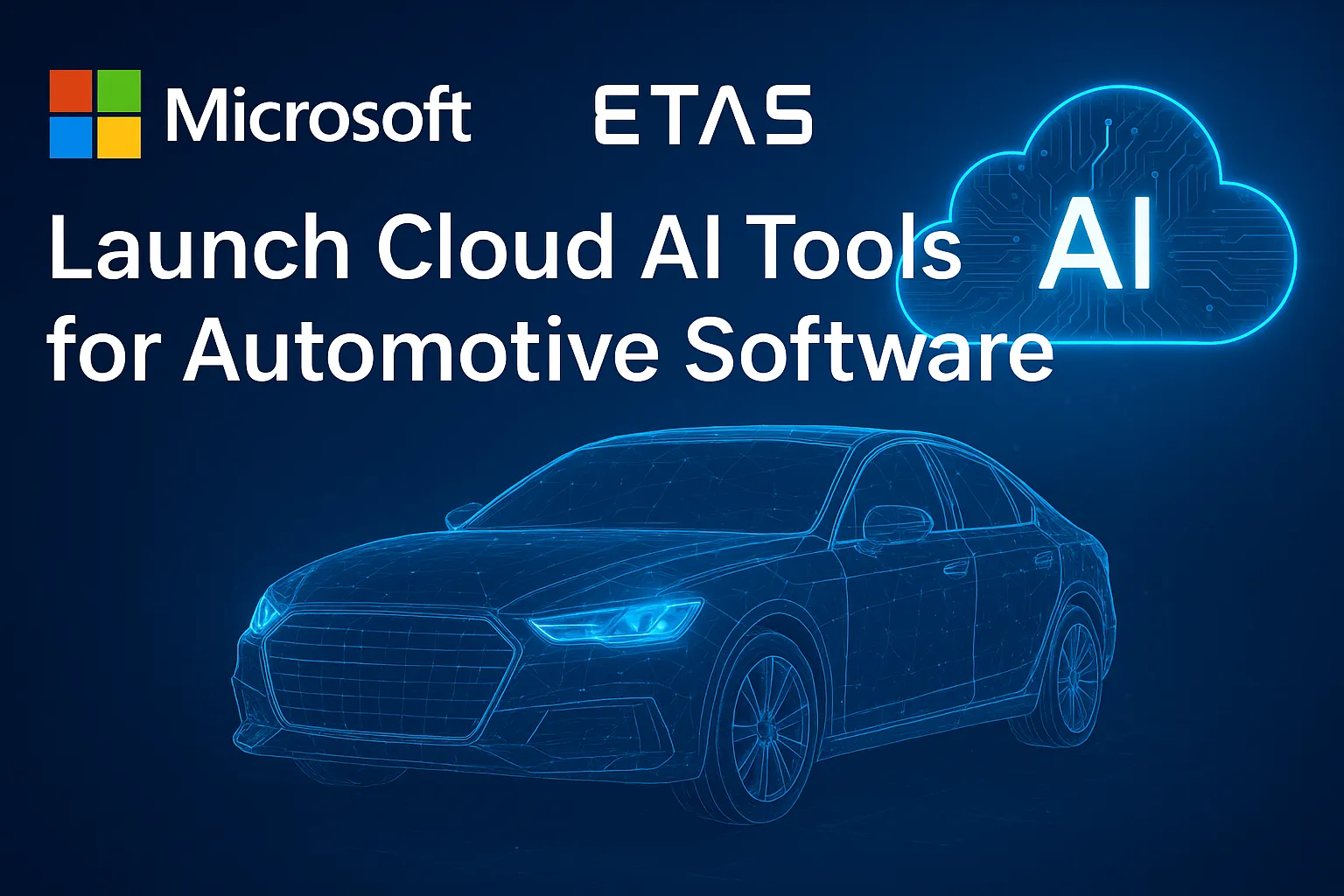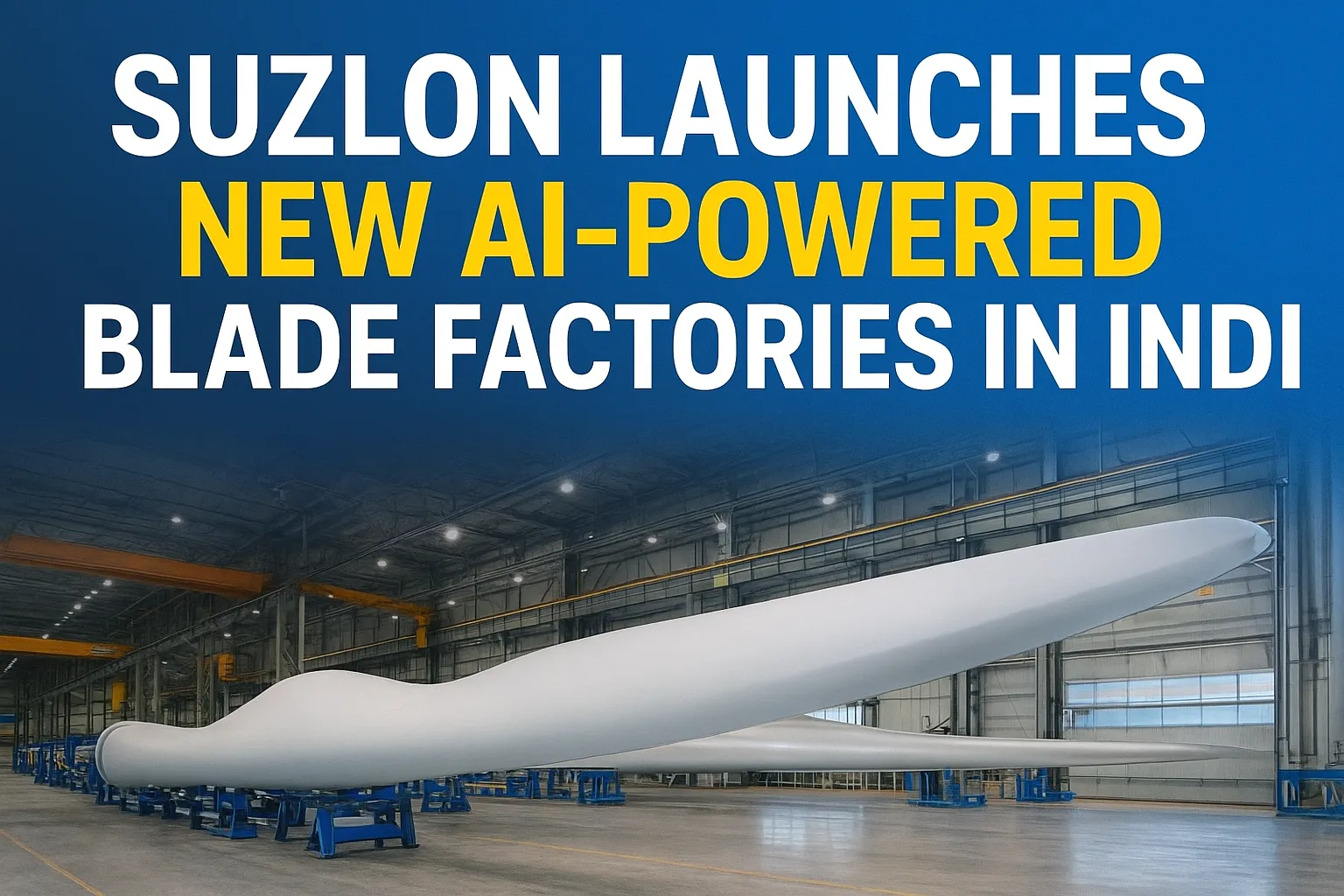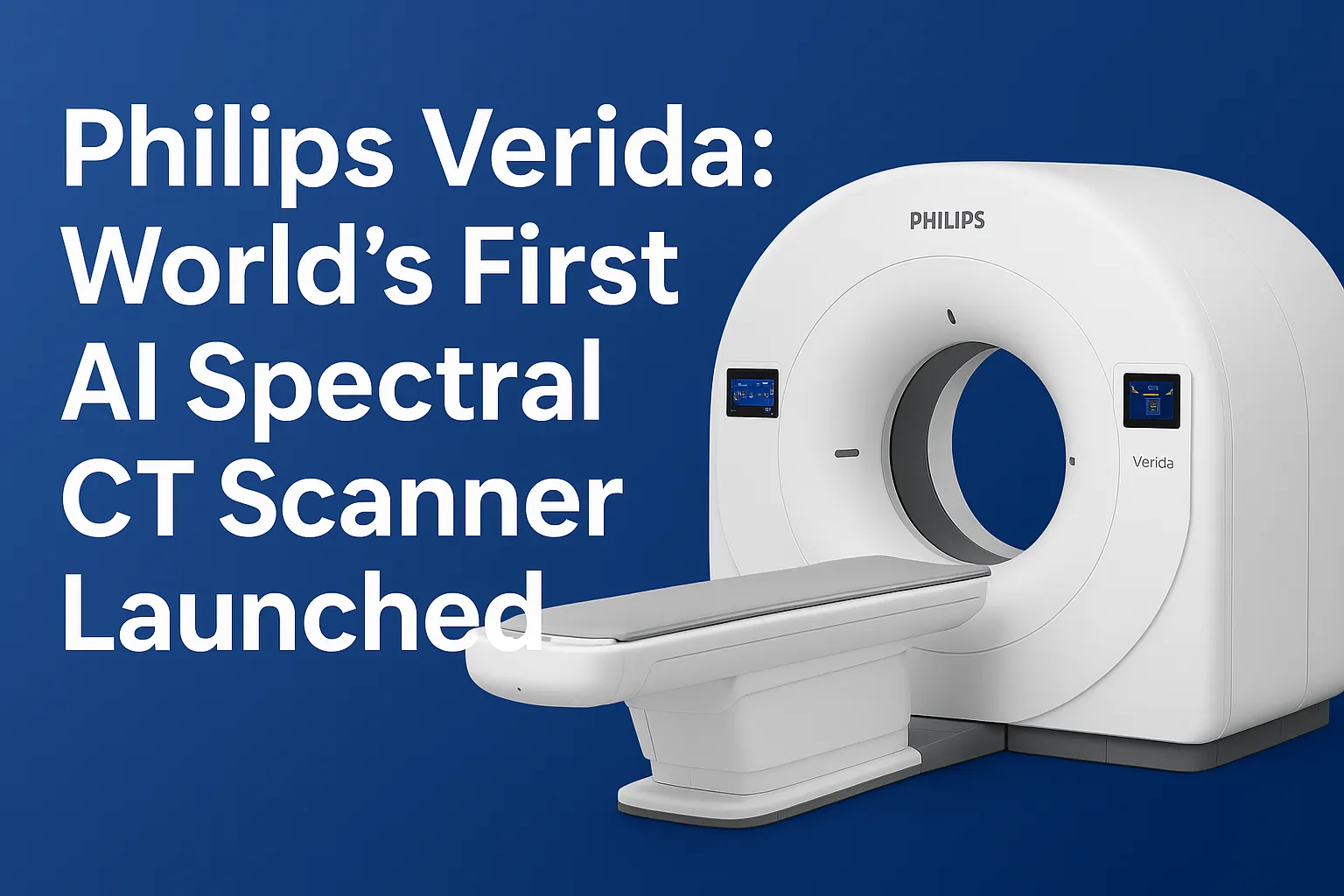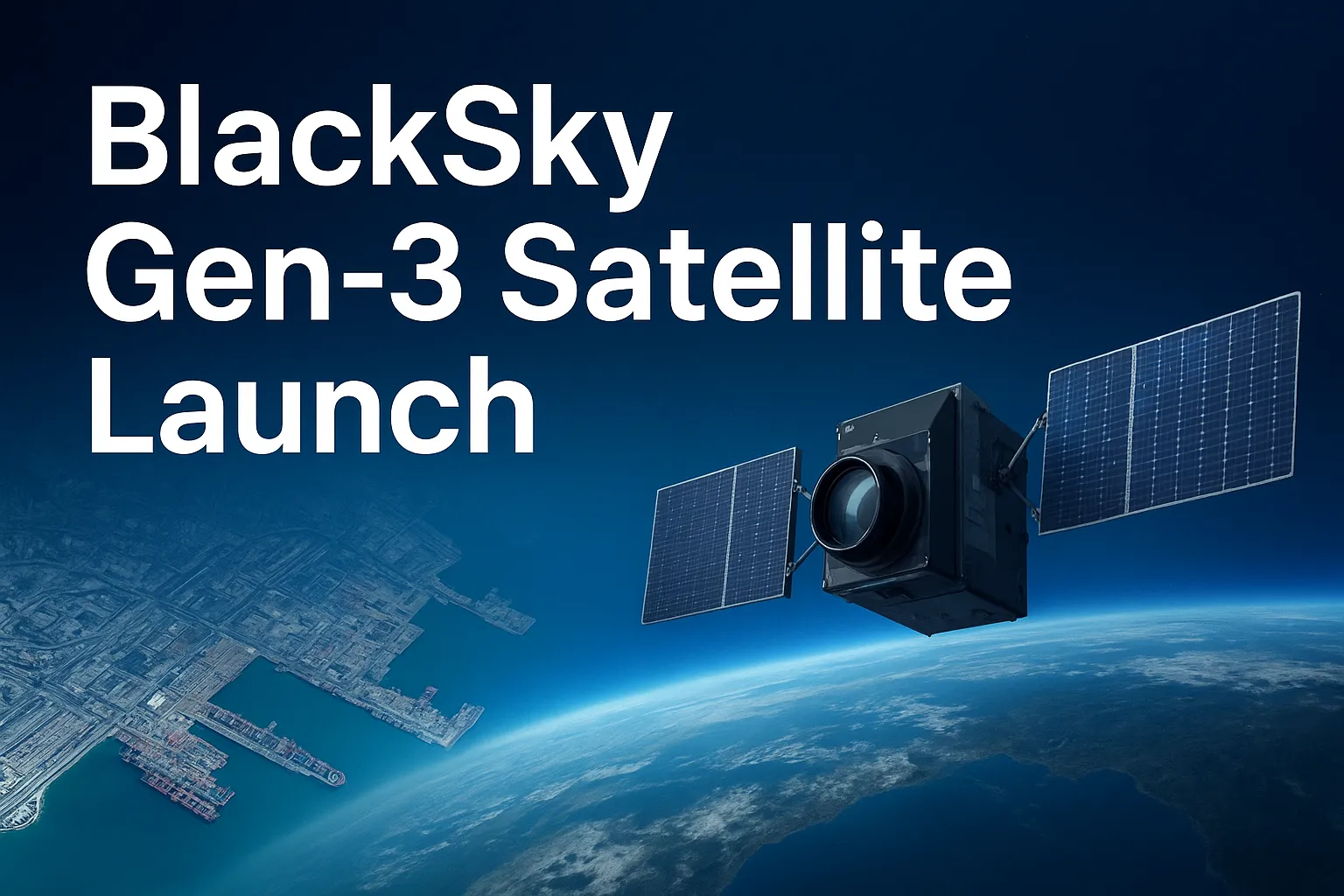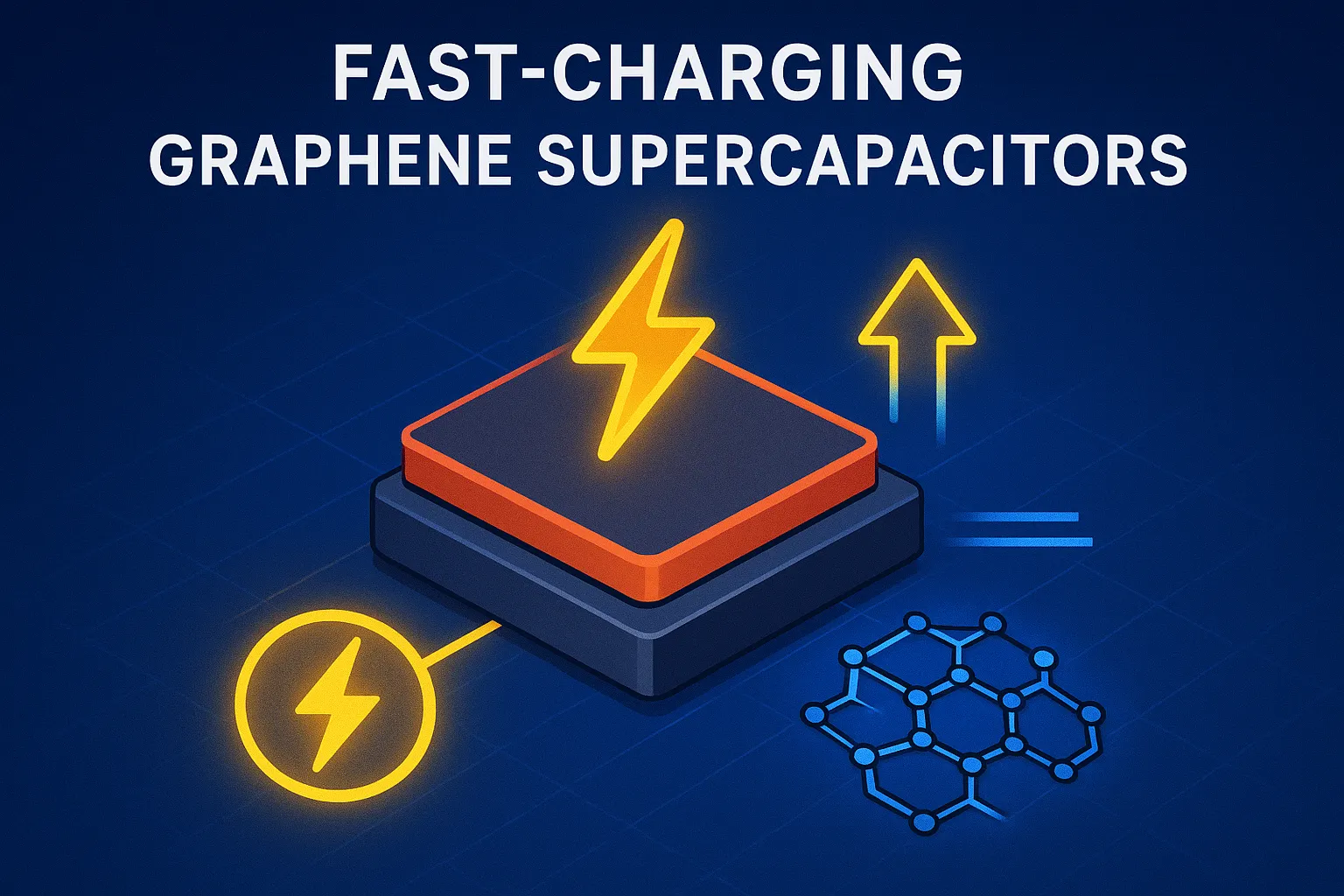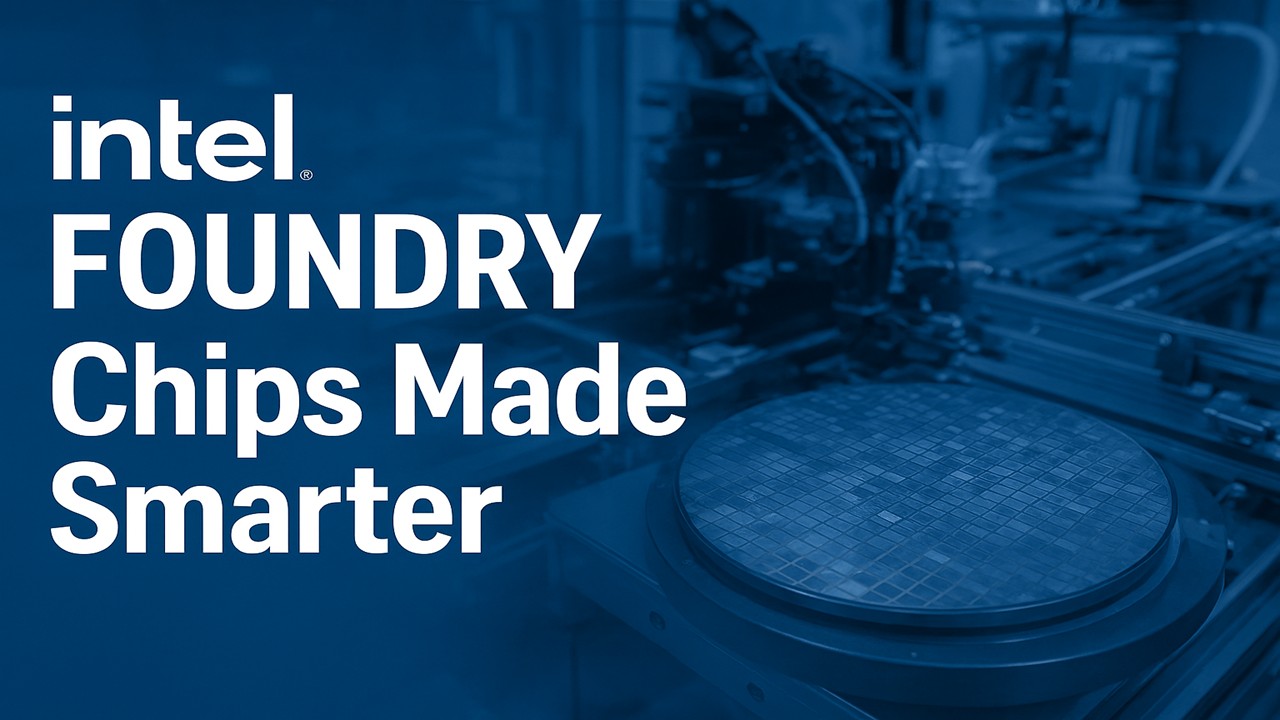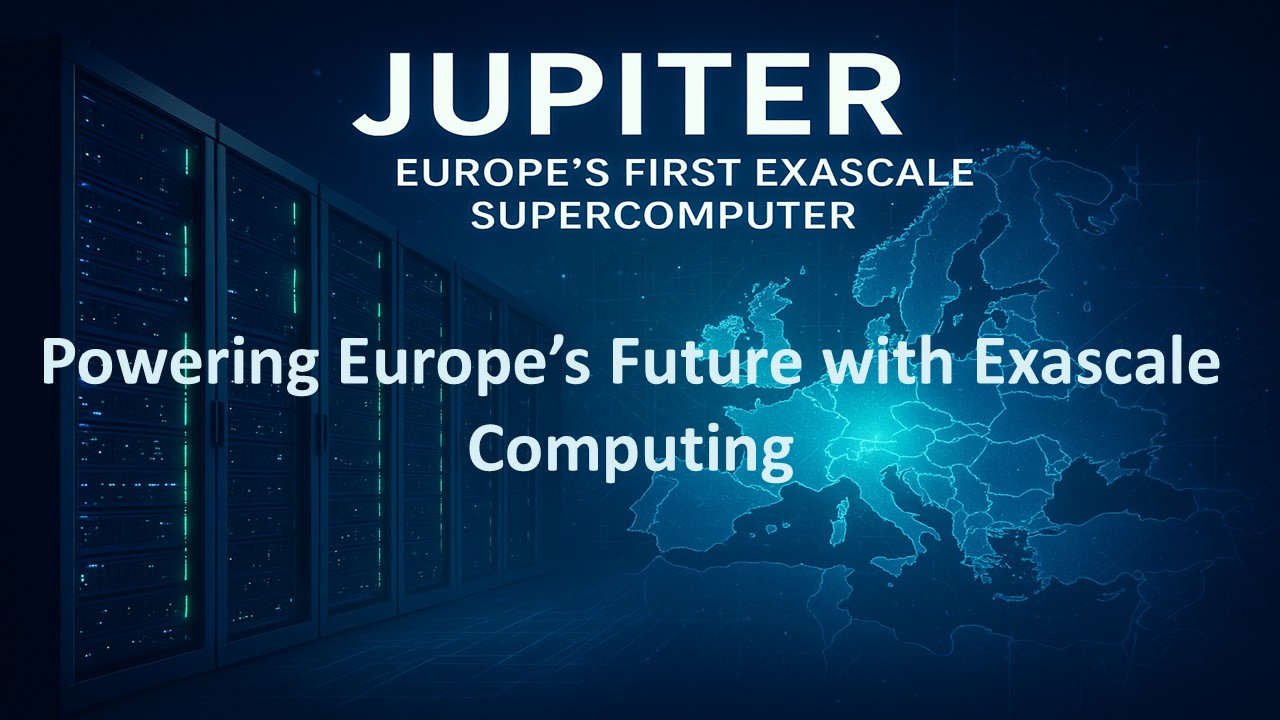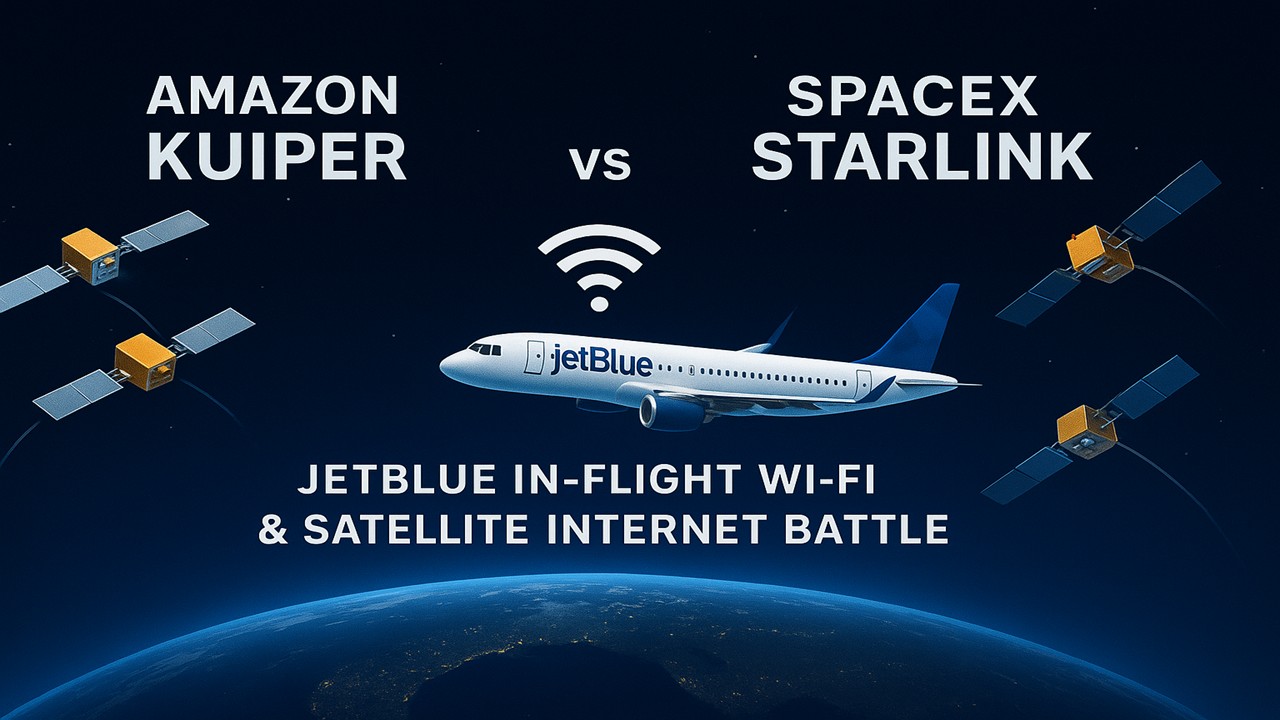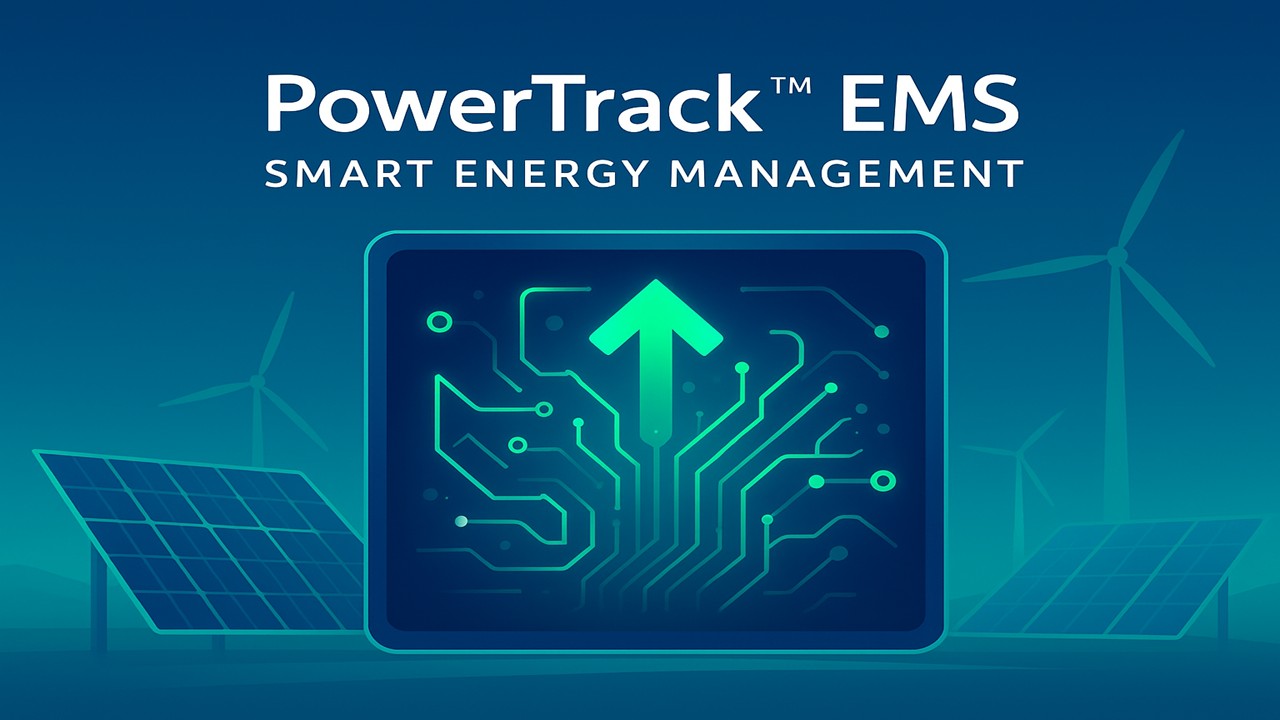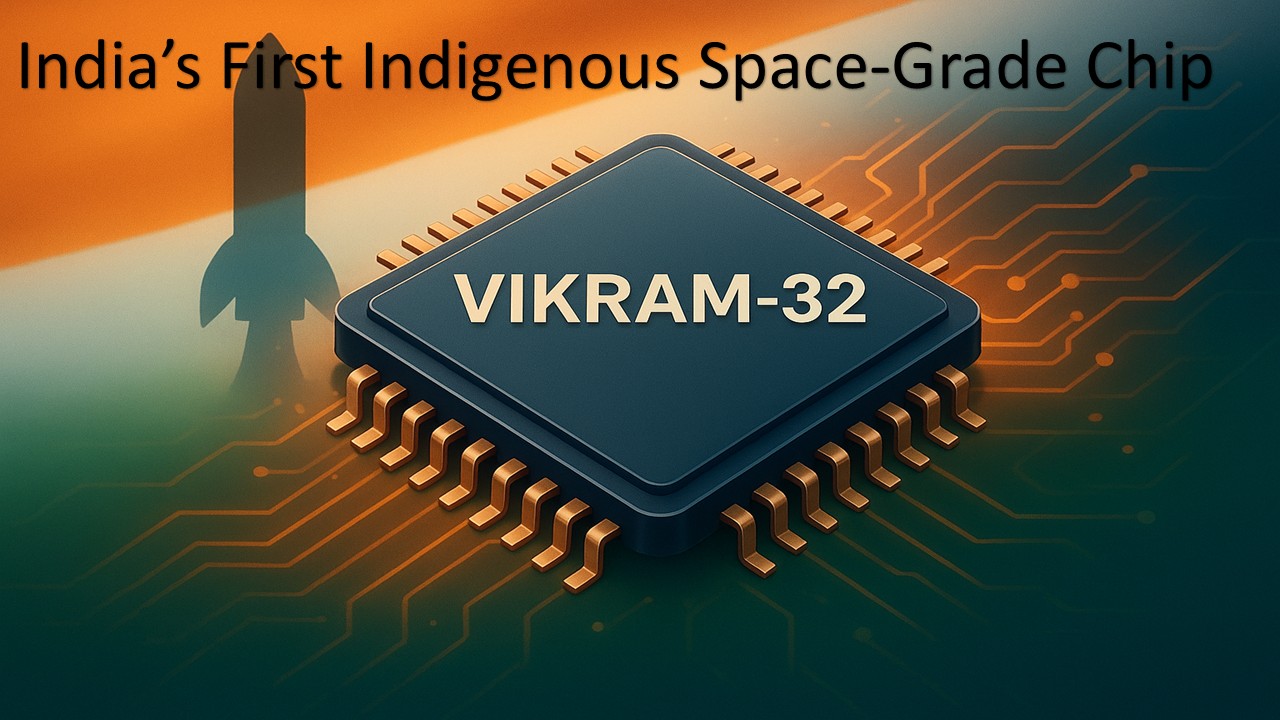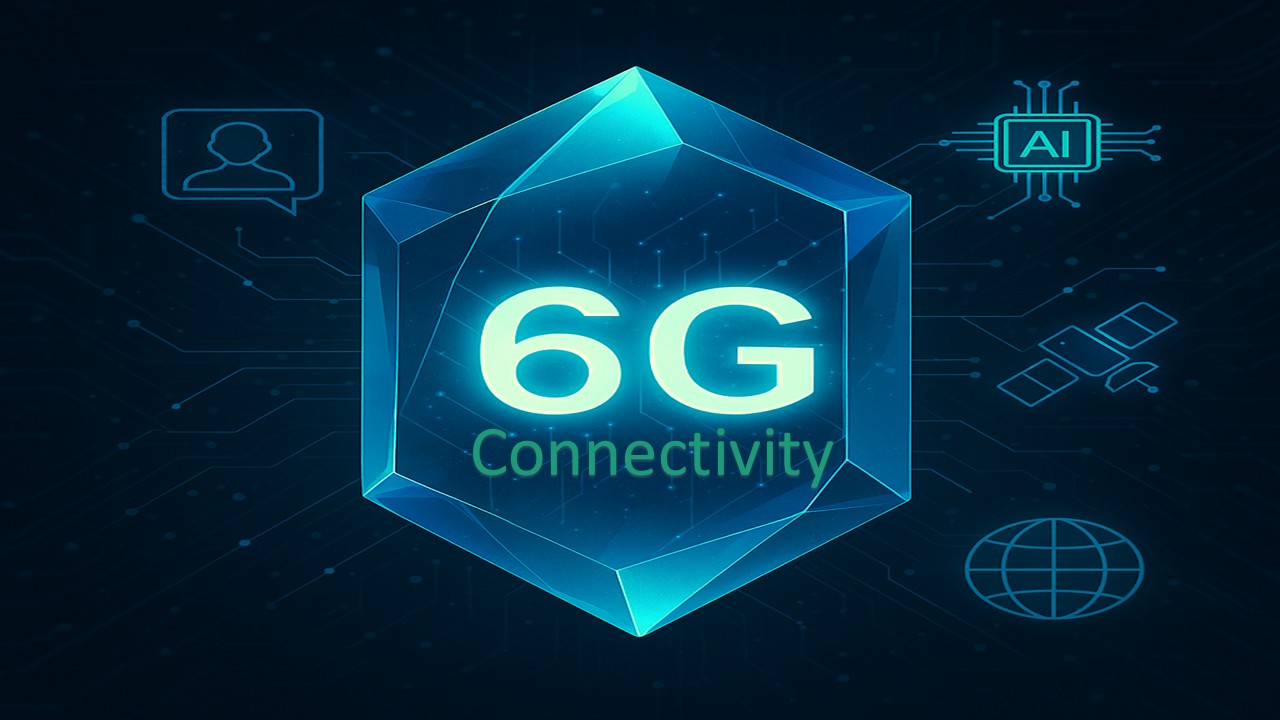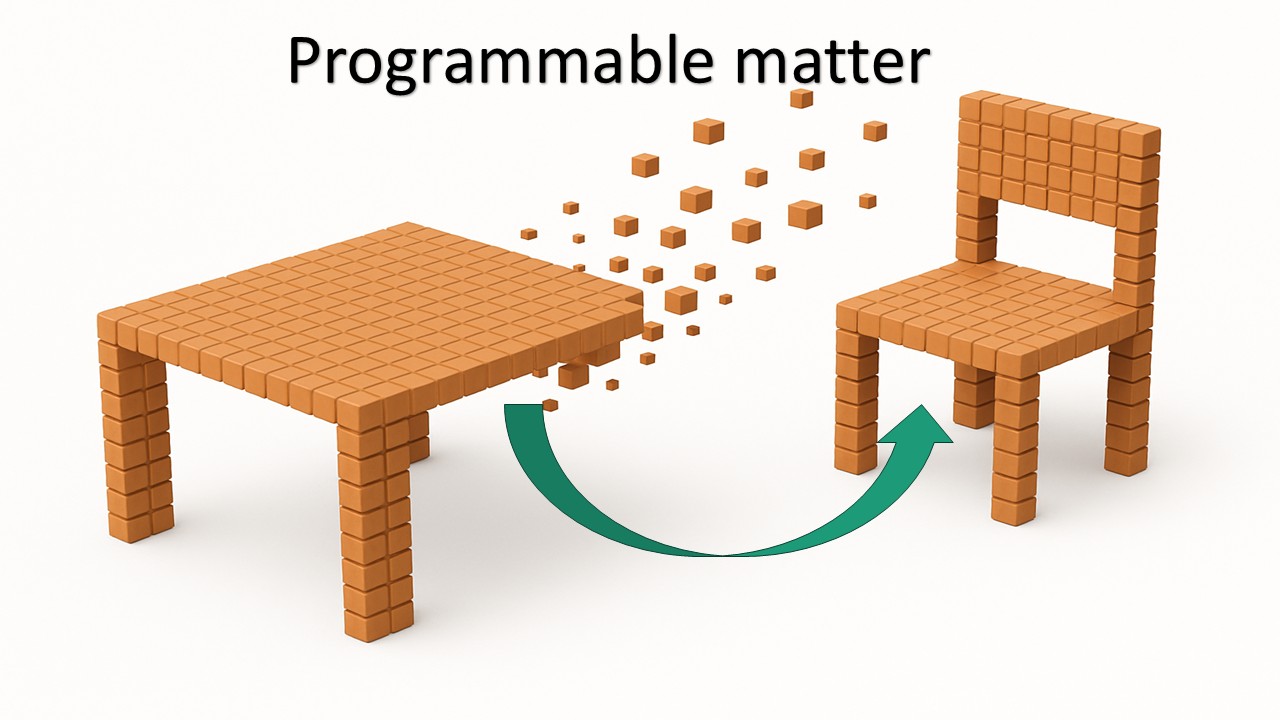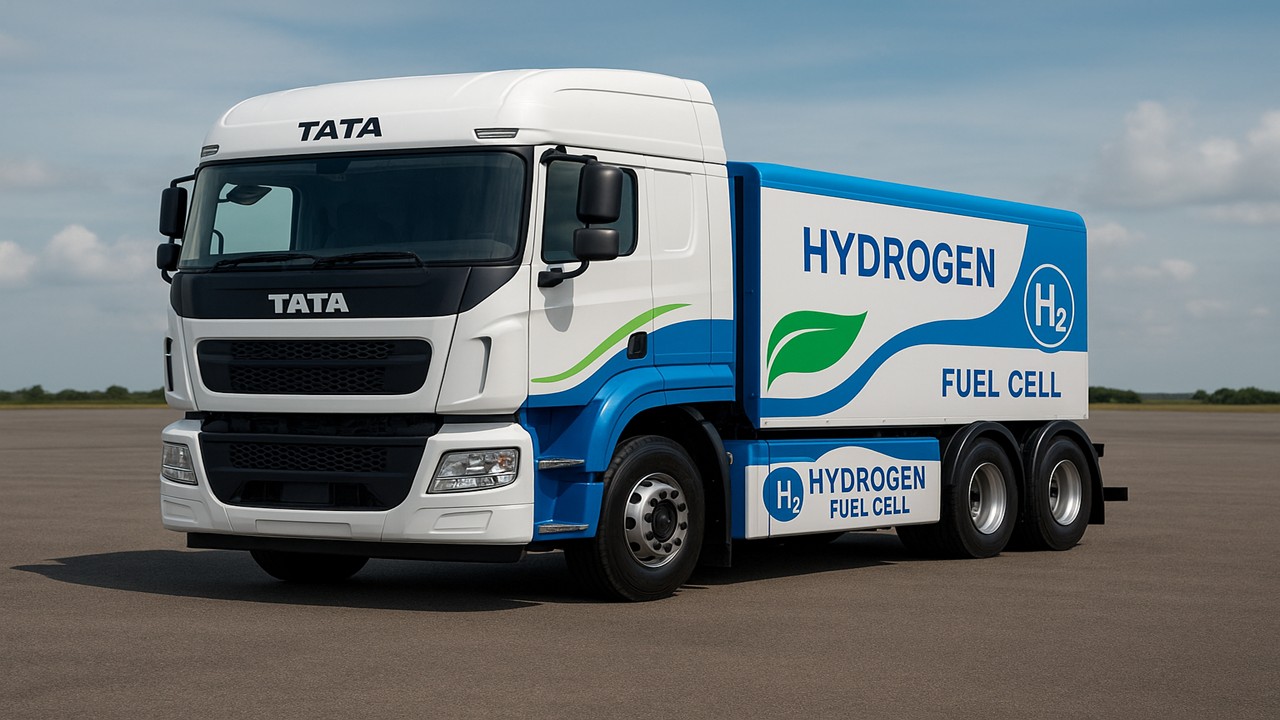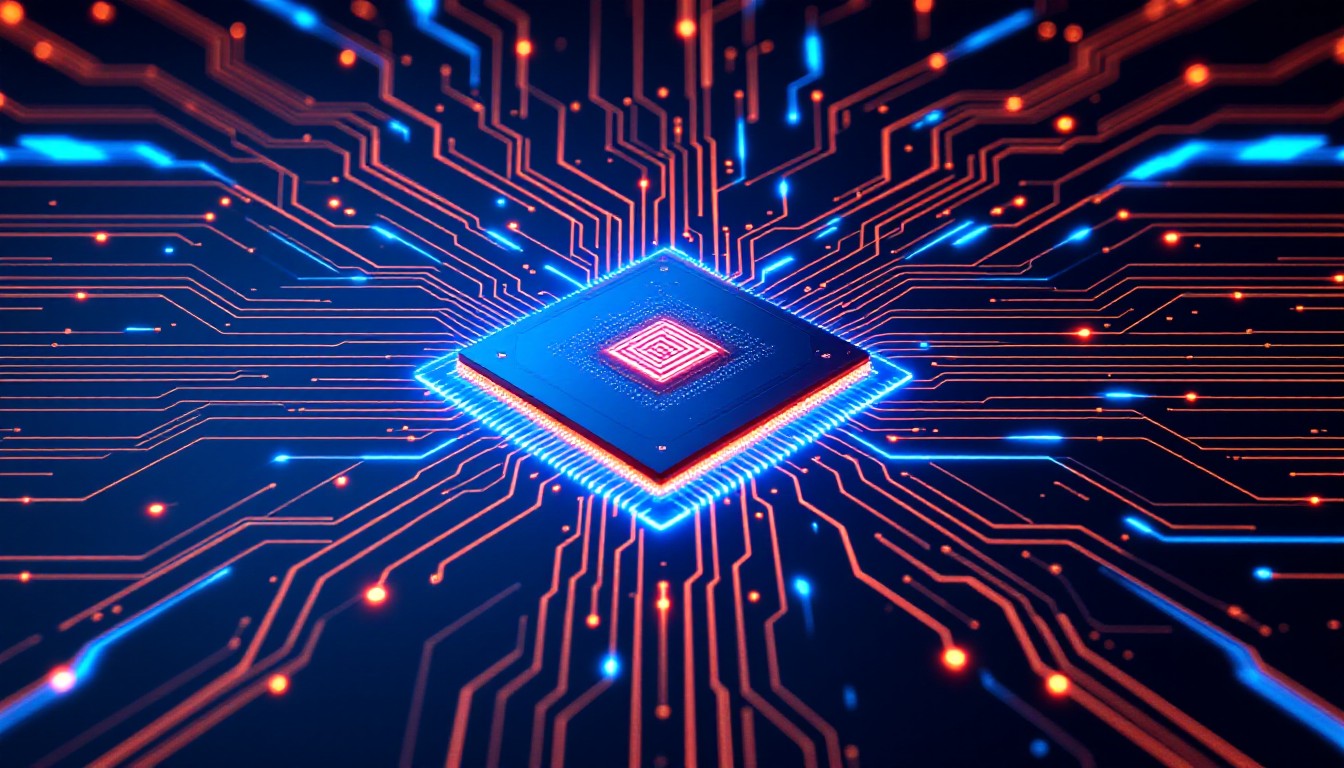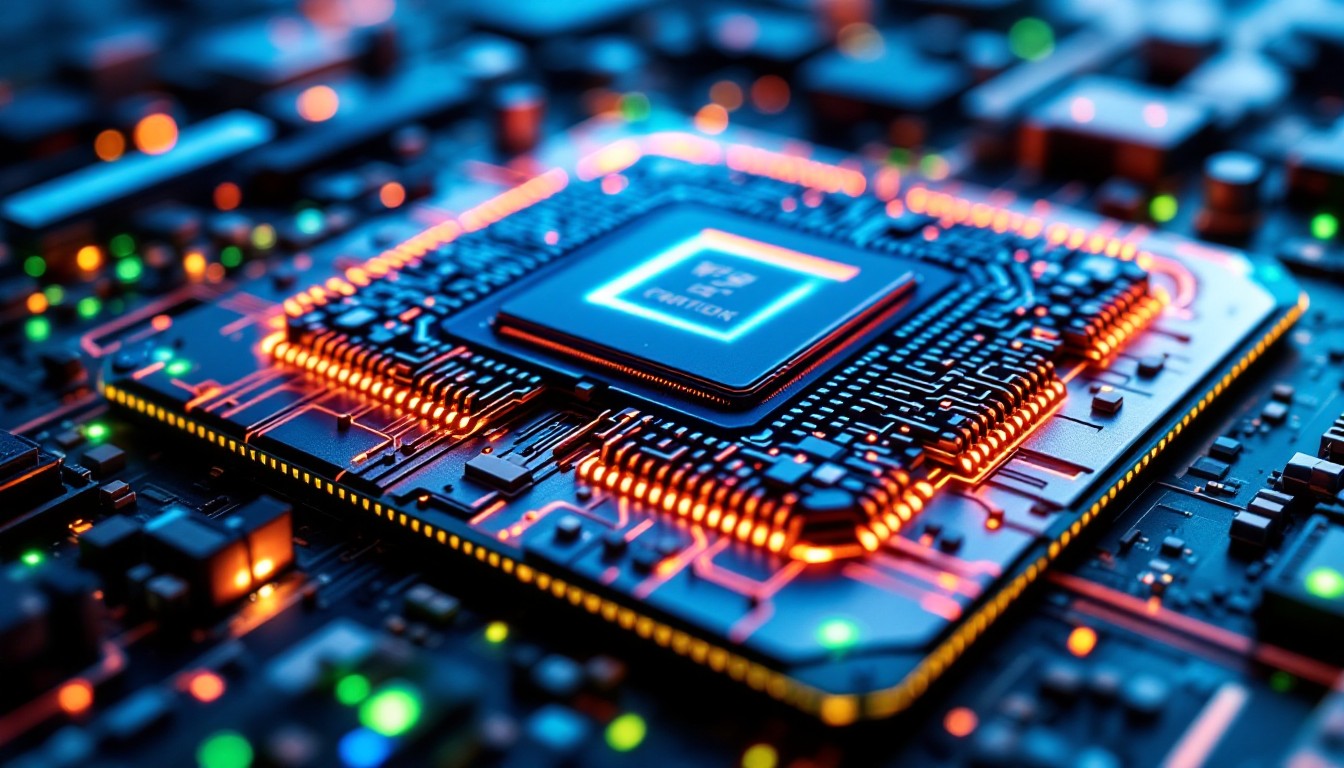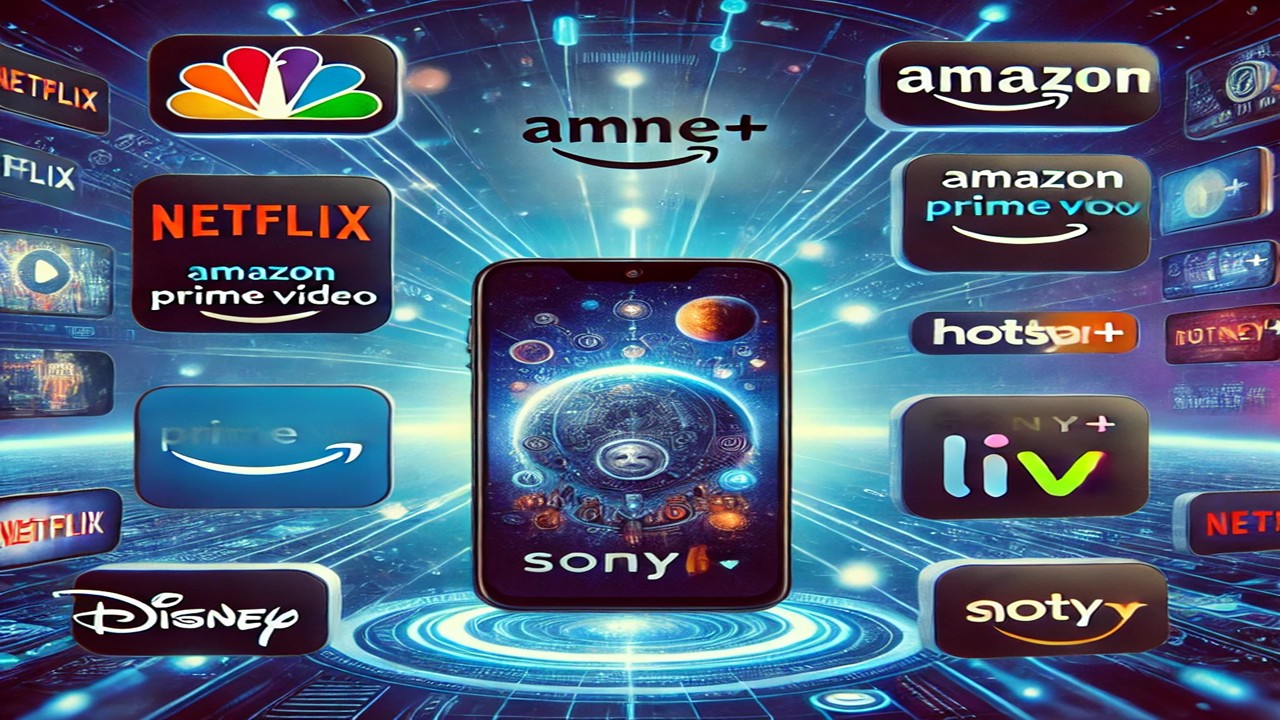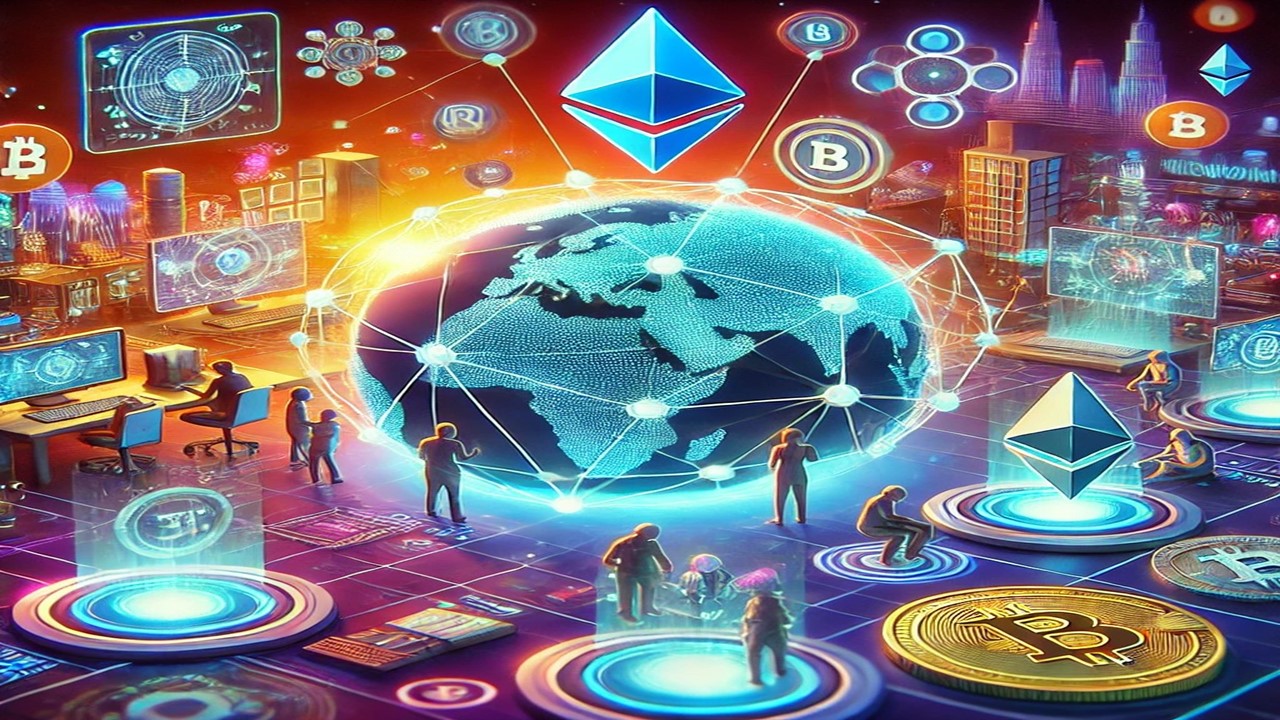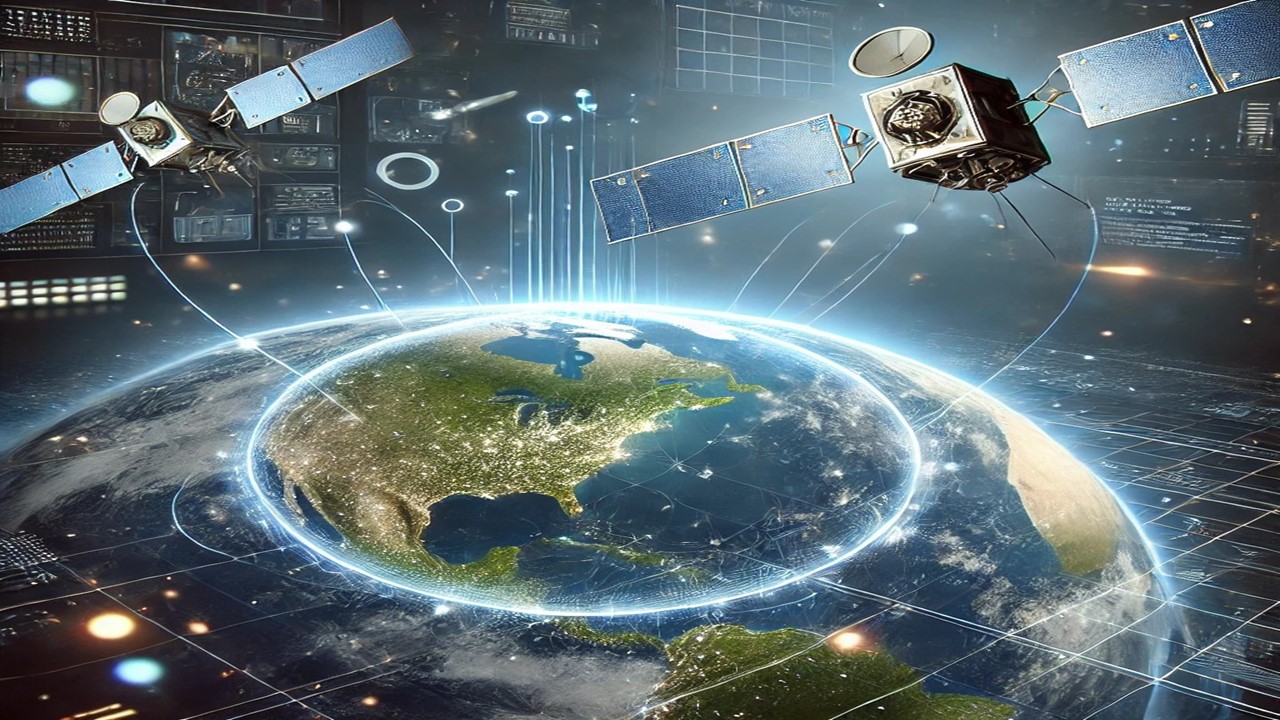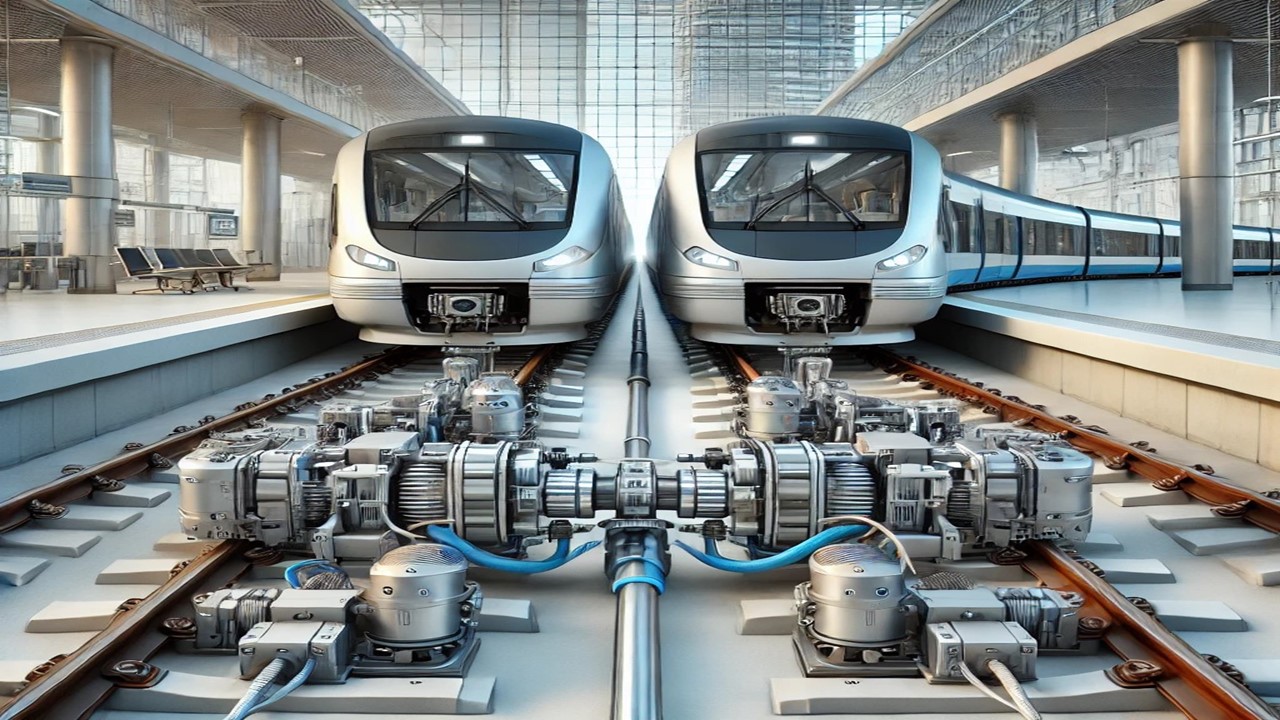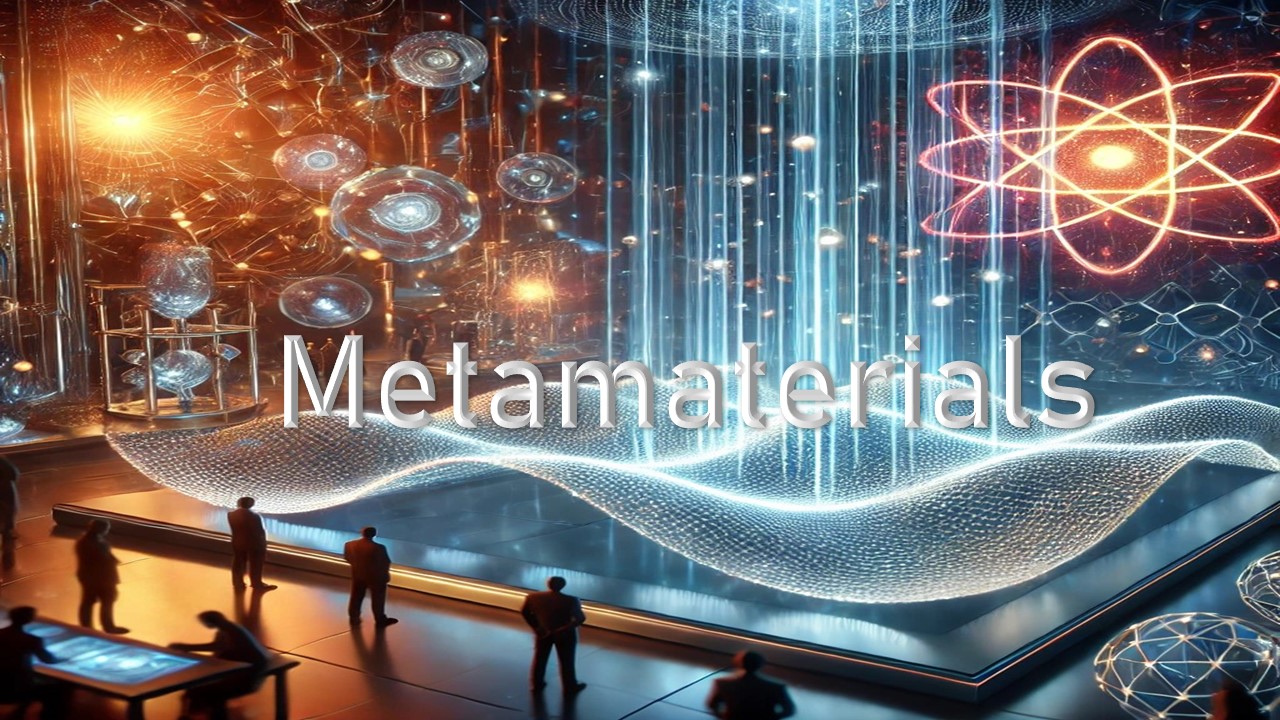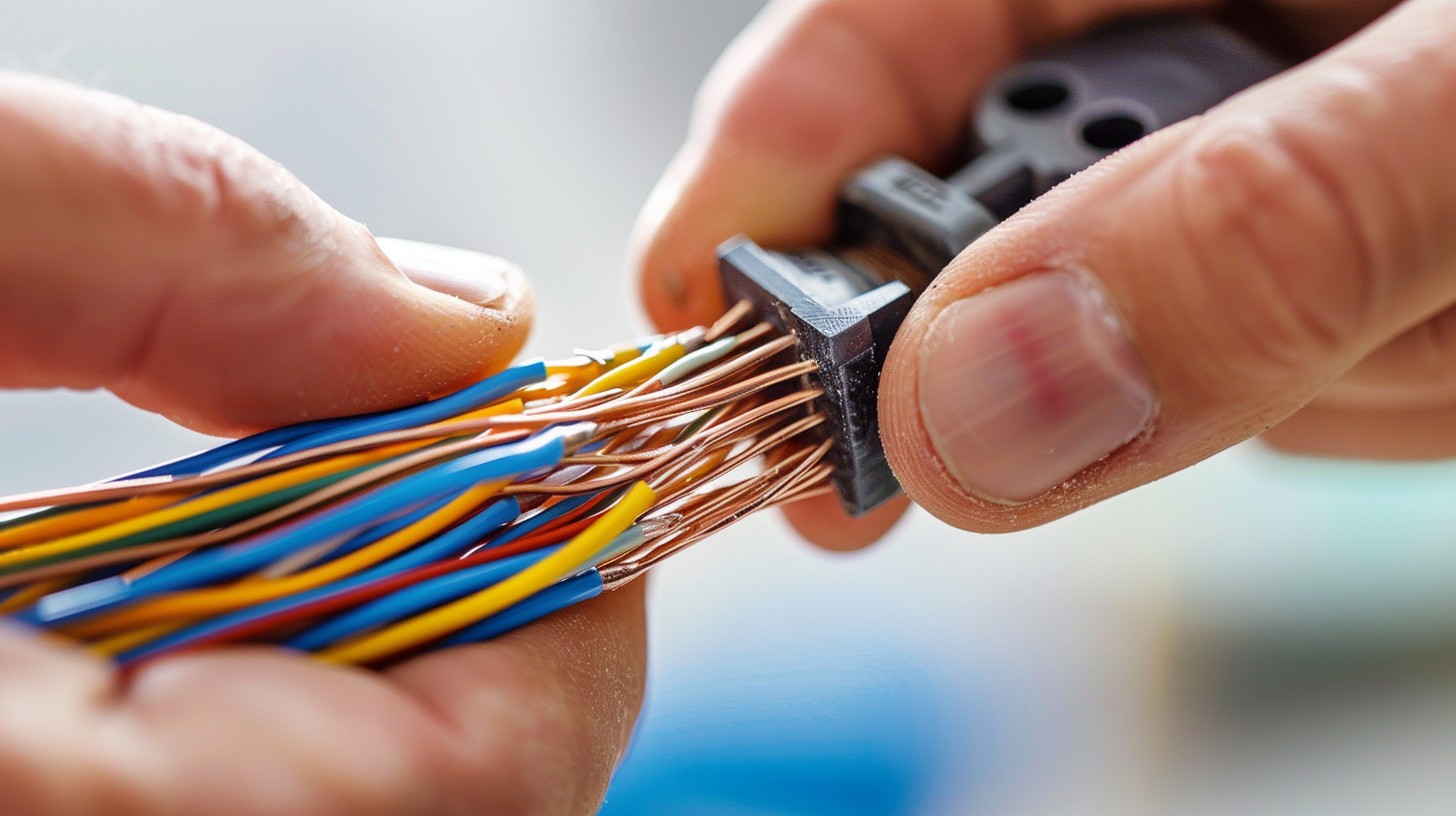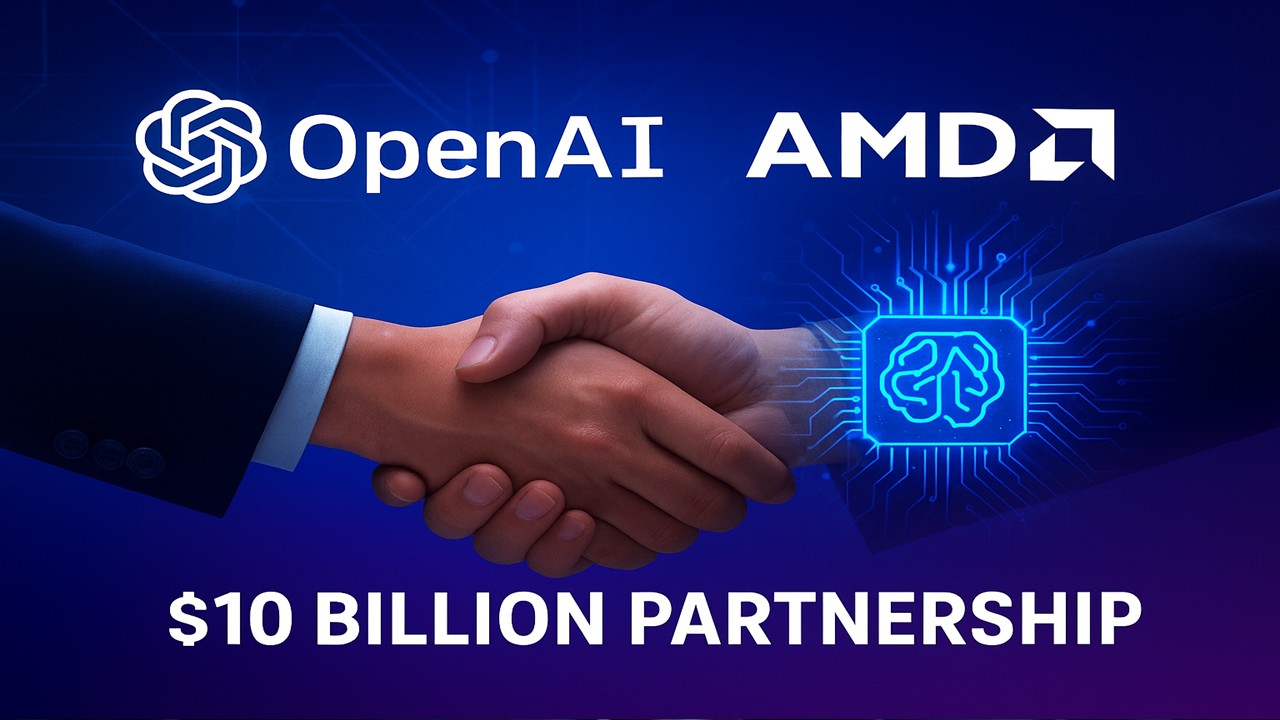
A major announcement shook the global tech and financial markets yesterday. Artificial intelligence pioneer OpenAI, the creator of ChatGPT, has signed a multi-year strategic partnership with semiconductor giant AMD (Advanced Micro Devices) in what experts are calling one of the largest AI hardware deals ever.
Under this agreement, AMD will supply OpenAI with up to 6 gigawatts of computing power using its latest generation of Instinct GPUs, while OpenAI will receive the right to purchase up to 160 million AMD shares through special warrants.
Key Highlights of the Deal
- Total GPU Supply: Up to 6 gigawatts of AMD Instinct series GPUs
- Initial Deployment: 1 gigawatt of GPU capacity to be delivered in the second half of 2026
- Equity Warrants: OpenAI can purchase up to 160 million AMD shares, subject to performance milestones
- Revenue Potential: AMD expects to earn tens of billions of dollars from this long-term partnership
- Type: Multi-year agreement covering future AI chip supply and infrastructure expansion
Why the Deal Happened
So far, OpenAI has relied heavily on NVIDIA for its AI hardware needs. However, due to high chip prices and limited supply, the company decided to diversify its hardware sources.
By partnering with AMD, OpenAI aims to secure a cost-efficient and scalable chip supply to train and deploy its massive AI models, including future versions beyond GPT-5.
For AMD, this is a golden opportunity to compete directly with NVIDIA in the booming AI chip market and establish itself as a key player in the global AI infrastructure race.
The Technology Behind It — What Is the Instinct MI450 GPU?
The AMD Instinct MI450 GPU is a next-generation data-center processor designed for AI training and inference at large scale.
Its main features include:
- Extremely fast matrix processing performance
- High memory bandwidth for large datasets
- Optimized architecture for running massive neural networks
In simple terms, these GPUs will allow OpenAI to connect thousands of chips together, dramatically speeding up the training of complex AI models.
Market Reaction: A Sudden Surge
Following the announcement, AMD’s stock price surged by more than 20%, as investors celebrated the company’s entry into large-scale AI infrastructure.
Market experts described it as AMD’s “biggest breakthrough in the AI era,” signaling growing confidence that NVIDIA will now face serious competition in the high-end GPU segment.
Expert Opinions
Analysts believe this partnership could reshape the balance of power in the AI industry.
For AMD, it brings massive revenue potential and credibility.
For OpenAI, it ensures better control over cost and computing resources.
Bloomberg analysts noted that the deal places AMD “at the center of the AI revolution,” while Reuters called it a “landmark moment for the chip industry.”
The Challenges Ahead
Despite the excitement, the deal also carries major challenges.
Delivering 6 gigawatts of GPUs will require AMD to manage large-scale manufacturing, supply chain, power, and cooling infrastructure.
Additionally, the share warrants granted to OpenAI could raise dilution concerns for existing AMD investors if all 160 million shares are eventually exercised.
Regulatory scrutiny and competition pressures could also emerge as this partnership reshapes global chip dynamics.
Impact on India and the World
Although there’s no direct impact on India yet, the long-term effects could be significant.
As AMD expands production and AI hardware becomes more accessible, Indian startups, data centers, and cloud service providers may benefit from lower-cost GPU options in the coming years.
Globally, this partnership is likely to change the direction of the AI hardware race, reducing NVIDIA’s dominance and giving enterprises more choices in AI infrastructure.
Outcome
The OpenAI–AMD deal is more than just a business agreement — it’s a turning point in the global AI industry.
For OpenAI, it secures a faster and more affordable way to train its future AI models.
For AMD, it opens the door to becoming a true rival to NVIDIA in the most competitive market of this decade.
As the “Silicon Race” heats up, the question now is clear — who will emerge as the real winner in the battle for AI hardware supremacy: NVIDIA or AMD?
Source: AMD , OpenAI, bloomberg




